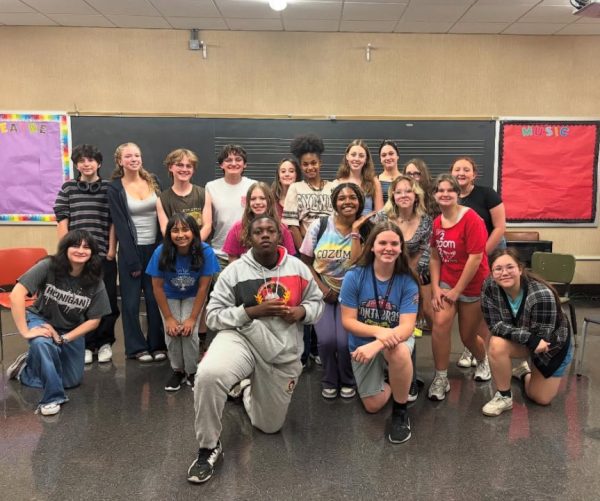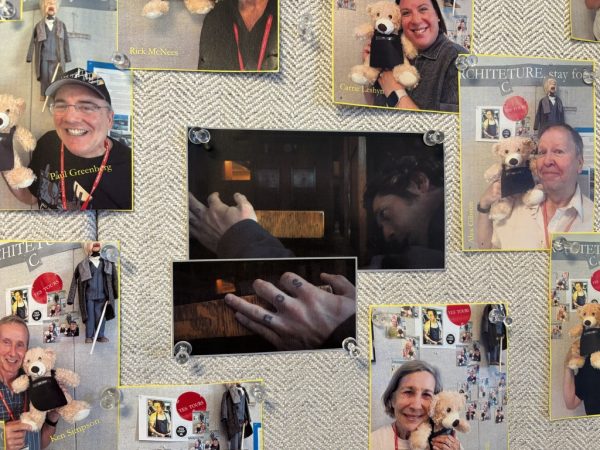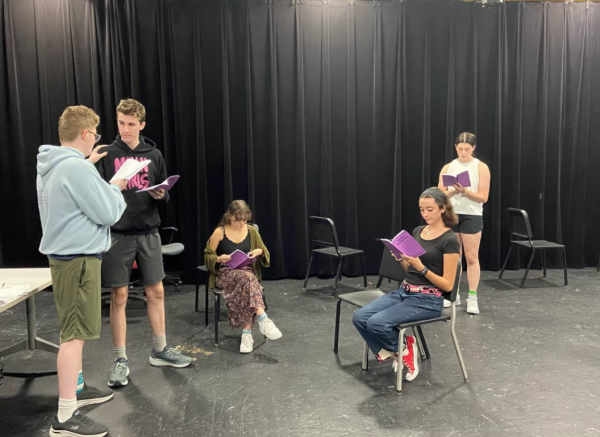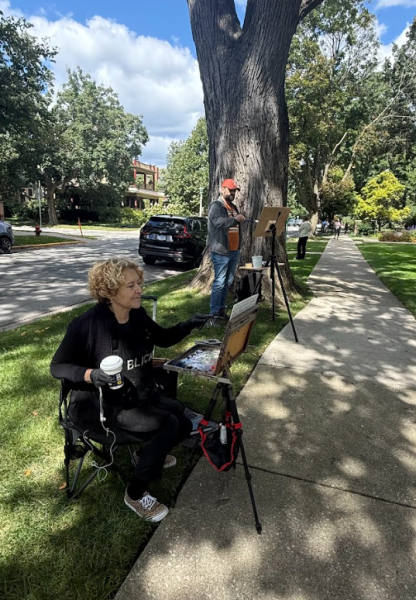“Little Women” all grown up
Lights went up on a new version of “Little Women” at the Little Theater earlier this month. The novel by famed writer Louisa May Alcott has been reimagined by playwright Kate Hamill as feminist, diverse and queer.
“Little Women” was originally published in 1868. The American classic tells the story of the four March sisters—Meg, Jo, Amy, and Beth—as they navigate death, family and love in Civil War-era Massachusetts. Through many remakes, including at least six movies, plays and even a musical, the timeless tale has been explored in a variety of ways. Recent adaptations include the 2019 movie directed by Greta Gerwig and the graphic novel retelling for young readers by Rex Ogle.
But this “Little Women” variation finds a way to split from the pack; it isn’t moderated in its fiercely feminist values. Unlike the original novel, which was ahead of its time and still had to conform to the expectations for a “women’s book,” the play delves deep into Jo’s caged feminism and the hardship of being a young woman in the 1800s.
Hamill’s “Little Women” “explodes the feminist theme in it, and really modernizes it without setting it in a modern setting,” said Linda Burns, who directed the Little Theater production. The play also sets itself apart with its exploration of gender queerness. The character of Jo March is often depicted as a tomboy, but Hamill’s “Little Women” explores Jo not as just a tomboy but as a queer young person. “Jo struggles so much more with her gender, specifically. She doesn’t really feel like a woman, and in this play, it definitely implies that Jo is non-binary,” said Lily Charkow, an OPRF senior cast as Jo.
Even the male lead, Laurie, doesn’t know if he wants to be a man. Both of the characters struggle to fit into the gender roles society expects of them. This theme of gender exploration marks a departure from the novel, as queerness was not something explored in the original 1868 text.
To bring these ideas to life, the cast started rehearsing before school started. The ensemble was off book, making choices and building the show in an effort to build community and make the family dynamics in the show believable.
The crew handled elaborate props and scenery, including food and a wall that lowers during a ceremonial ball.
“There’s definitely been a lot of changing and evolving through the process, and Ms. Burns is very ambitious in her theater design and her props and everything,” said senior crew stage manager Alena Anderson.
According to Burns, throughout the process, one thing has stayed the same: the entire production, from the crew to Burns herself, wants whoever comes to the show to walk out of the theater feeling as if they know themselves a little better; feeling that everyone deserves to be exactly who they are, no matter their race, gender or class.
“Jo says, at one point, ‘I can’t stand to see anyone stuffed in the wrong role,’ and I think that is what the whole play is about, that we need to have a culture that allows people to be their full and authentic selves,” said Burns.




